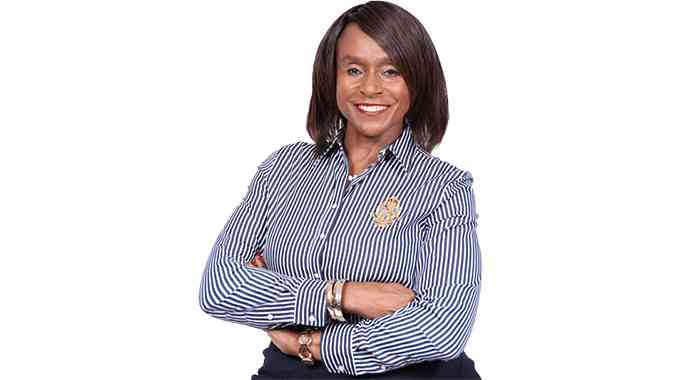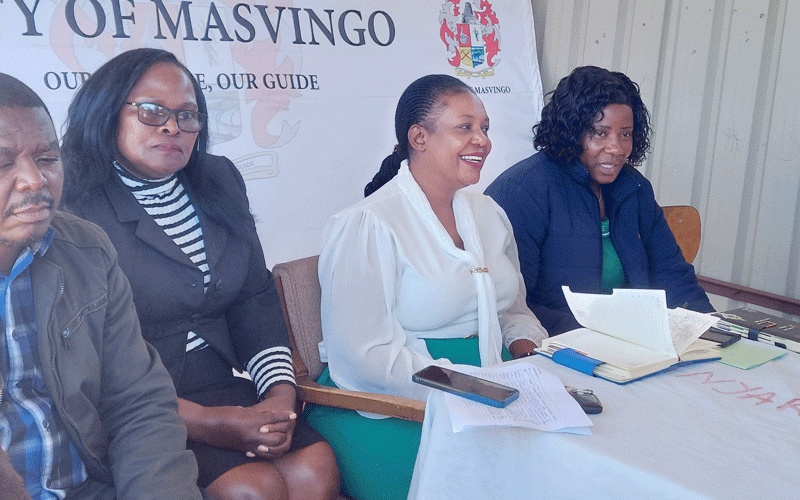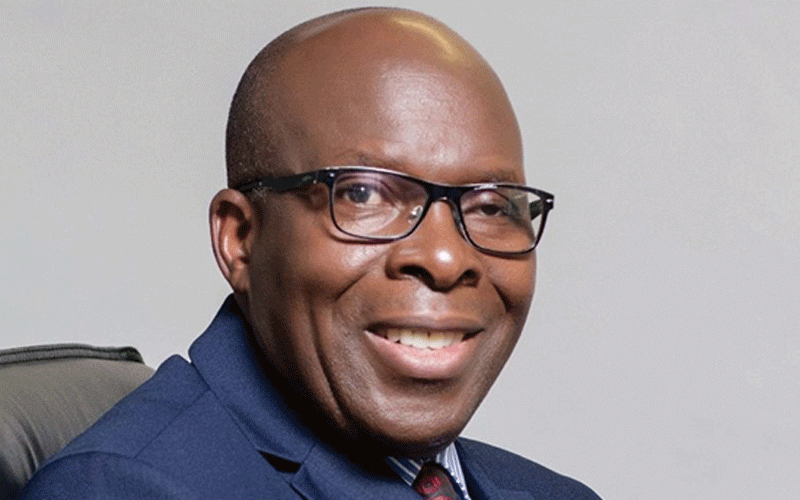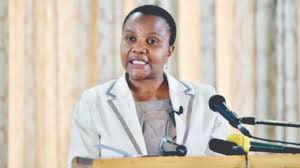
AS the South African rand continues to firm against the American dollar most shops in Harare are now using the exchange rates prevailing in South Africa for trading.
When the country adopted multiple currencies in January, the exchange rate was US$1:R10.
On Wednesday morning the rand was trading at 8,07 to the US dollar.
A survey within the central business district showed that most retails shops are now displaying the exchange rates prevailing at a particular time, but there are a lot of disparities as to which exchange to use each day.
Some shops use an exchange rate of 9,5or 7,9 while others are still using an exchange rate of 1:10.
Economists this week urged businesses to monitor the exchange rates in South Africa daily to avoid-short changing customers.
Said economic analyst Eric Bloch: “The international exchange rates prevailing at a given time should be used in all transactions. When the 1:10 rate was used the rand was slightly weaker but now it has gained against the dollar.”
The firming of the rand has been attributed to increases in the prices of gold and platinum on the international on market.
- Chamisa under fire over US$120K donation
- Mavhunga puts DeMbare into Chibuku quarterfinals
- Pension funds bet on Cabora Bassa oilfields
- Councils defy govt fire tender directive
Keep Reading
On Wednesday gold was trading at US$985 per ounce.
Bloch added that the anticipated cash windfall during the 2010 World Cup was also behind the recent firming of the rand. South African will also be hosting the Confederation Cup from June 14 to 28.
Also the global economic meltdown is affecting the strength of the dollar.
Economists Witness Chinyama told businessdigest that initially businesspeople in Harare where not “particular” about the exchange rates.
“Not much thought was given to the exchange rates prevailing in South Africa when we adopted the rand as currency of reference. But that is now changing as the rand is gaining against the dollar,” said Chinyama.
“The fact that the dollar is popular and readily available it made the 1:10 rate sustainable. But people in the southern parts of the country have noticed that they could make gains by using the official rates in South Africa, hence the gradual change in Harare.”
Illegal foreign currency dealers in Bulawayo are flocking to Harare to “mop up” the few remaining rand in Harare.
South Africa’s RMB analyst John Cairns was recently quoted in his foreign currency report saying that optimism over the global economy was surging, risk-taking continues to rise and fears over a return of inflation was leading to an ongoing slide in the US dollar.
“This all suggests downside for US dollar against the south African rand, but importers have reacted strongly to the governor’s verbal intervention on Monday and this surge of orders is clearly keeping the rand from following its compatriot currencies stronger.”
This week Minister of Finance Tendai Biti said a decision to officially use the rand would be made by the end of the year.
“One of the options is to join the rand monetary union. We will also consider continuing with the (current) regime of multiple currencies or bring back the Zimbabwean dollar and re-denominate it either with the rand or the US dollar,” he said.
Parallel market foreign currency dealers however have resurfaced as banks are struggling with low deposits. The street dealers are moving back to reclaim a market they had dominated since the local currency lost value against major trading currencies.
Even when the foreign currency supply was constant there is still a market for “cross selling” different currencies.
Banks are said to be offering lower rates for the US dollar to rand conversions while the parallel market was offering better rates.
BY NQOBILE BHEBHE











